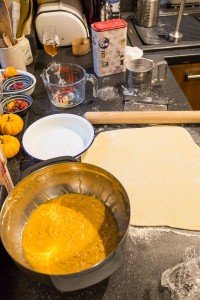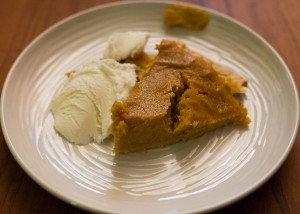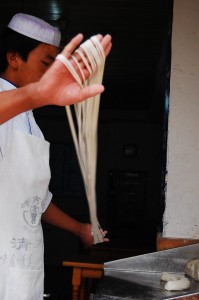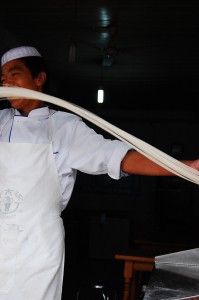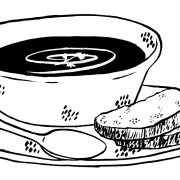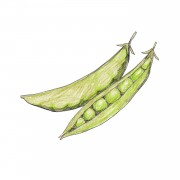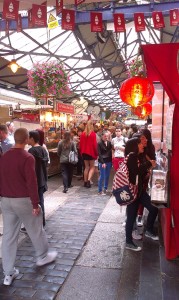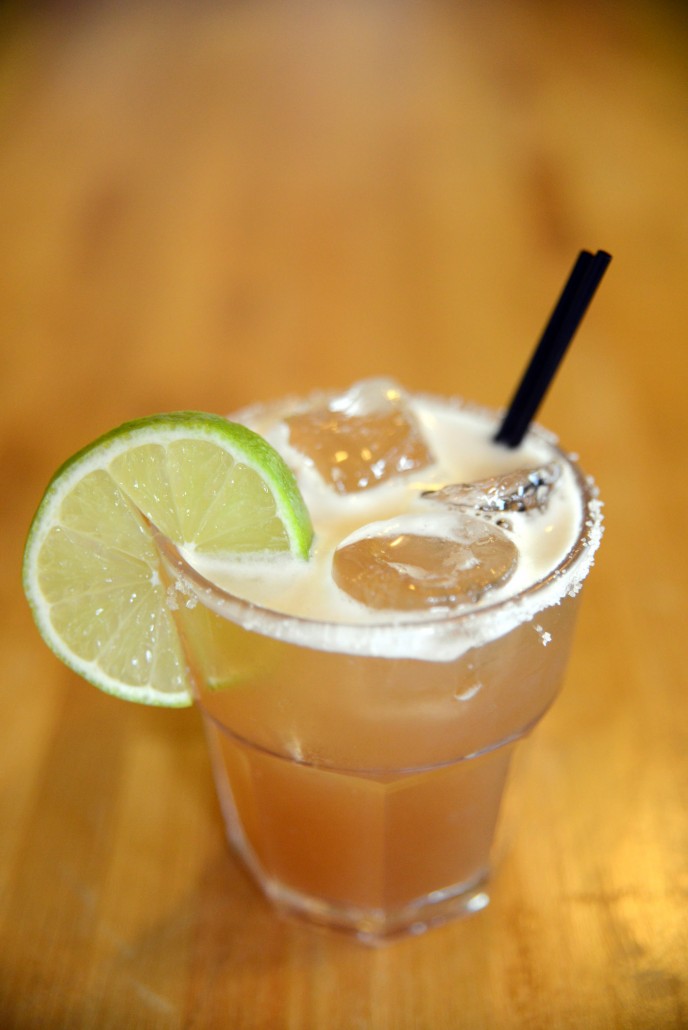 A week or so ago, I was reminded about this glorious Sweet Potato Pie recipe when the designer who worked on the Savoy Kitchen book posted some pictures on Facebook of his annual crayfish boil. He finished it off with a perfect looking pie, which made me hungry just looking at it. Sarah describes this as a ‘cool-weather pie’ – which I think pretty much covers December in the UK. This is just the sort of thing you should be eating when the wind is howling outside and the rain is splattering on your kitchen windows – a taste memory of warmer times.
A week or so ago, I was reminded about this glorious Sweet Potato Pie recipe when the designer who worked on the Savoy Kitchen book posted some pictures on Facebook of his annual crayfish boil. He finished it off with a perfect looking pie, which made me hungry just looking at it. Sarah describes this as a ‘cool-weather pie’ – which I think pretty much covers December in the UK. This is just the sort of thing you should be eating when the wind is howling outside and the rain is splattering on your kitchen windows – a taste memory of warmer times.
Sweet Potato Pie
I can’t imagine how Mom ever got me to try a pie made from a potato, sweet or not. I probably thought it was pumpkin because I’m sure I wouldn’t have tried this as a kid if I knew what it was. I now prefer it to pumpkin. It’s another one of those cool-weather pies, spicy and creamy and absolutely comforting.
- 450g (1lb) sweet potatoes
- 110g (½ cup) butter, softened
- 225g (1 cup) white sugar
- 125ml (½ cup) milk
- 2 eggs, lightly beaten
- ¼ tsp nutmeg, freshly grated
- ½ tsp ground cinnamon
- dash of allspice
- 1 tsp vanilla extract
- 250g pastry
Preheat the oven to 170°C (325°F).
Peel the sweet potatoes and cut into chunks, then boil them until tender. Drain, and leave to cool a moment.
In a large bowl, mash the sweet potato with a fork or potato masher. Using a hand mixer, add the butter and process until it’s fully incorporated. Stir in the sugar, milk, eggs, nutmeg, cinnamon, allspice and vanilla extract and mix until you have a smooth batter.
Roll out the pastry and line a 23cm pie dish. Trim and crimp the edges, and make some holes in the base with a fork. Pour in the filling.
Bake the pie for 50–60 minutes or until a knife inserted in the centre comes out clean. The pie will rise as it bakes, but it will settle again as it cools.
Serve at room temperature or chilled.
Serves 8
All photographs © Joby Catto
Buy The Savoy Kitchen – A Family History of Cajun Food here


